The Language We Share
This week, my mother told me something about my Taiwanese grandparents that I'd never known: they wrote letters to each other in Japanese.
My agong and ah ma both grew up in Taiwan during the Japanese occupation, when Japanese was the language of schools and official life. My ah ma never became fully literate in Chinese, even after it became Taiwan's official language. She was most comfortable speaking Taiwanese Hakka, but when she needed to write something down, she used Japanese. My grandfather had more formal education and could write in both Mandarin and Japanese, but Japanese was the written language they truly shared.
So while they spoke to each other in Taiwanese, their intimate written words—the letters they exchanged—were in Japanese.
I grew up learning Mandarin, Cantonese, and Taiwanese. Ironically, I never learned Japanese from my family. I picked some of it up when I started taking classes in eighth grade. Looking back, there's something poignant about that gap. The language my grandparents used for their most personal written communication skipped a generation entirely.
This story has made me think differently about what communication really means. We often treat language as a fixed tool—you either speak it or you don't, you understand or you don't. But my grandparents' experience reveals something more complex. Language is fluid, shaped by history and circumstance. It's an imperfect system we use to capture thoughts and intentions that are always richer than the words themselves.
The real test of language isn't grammatical perfection or fluency. It's whether the person you're communicating with actually understands you. Even when two people read and write the same words, they might not be sharing the same meaning. Understanding requires more than vocabulary; it requires shared context, shared history, shared intention.
My grandparents found their common tongue not in the language of their childhood home, nor in the official language of their country, but in the language of their youth—a language imposed by occupation that somehow became, for them, a language of intimacy.
Communication is less about the tool and more about the bridge. We build these bridges wherever we can, with whatever materials we have. Even if we have the same materials, are we building the same things?
